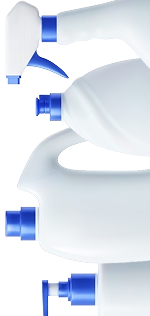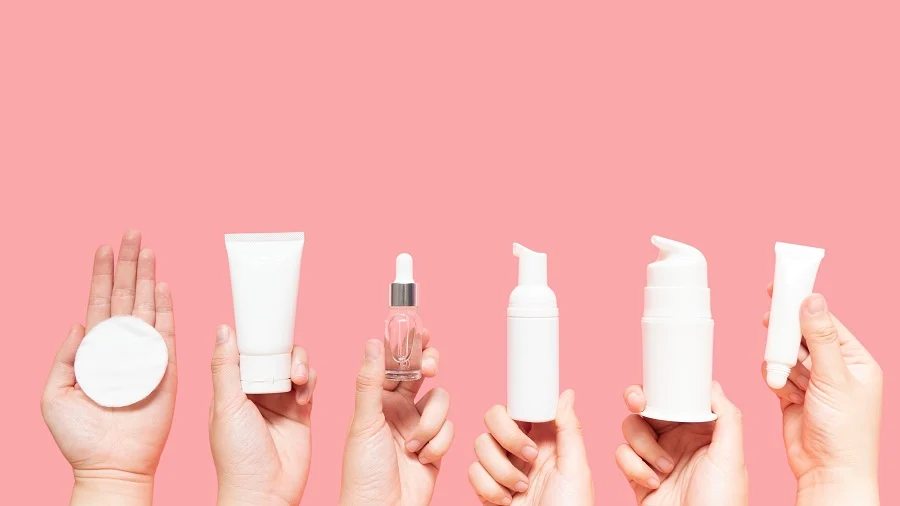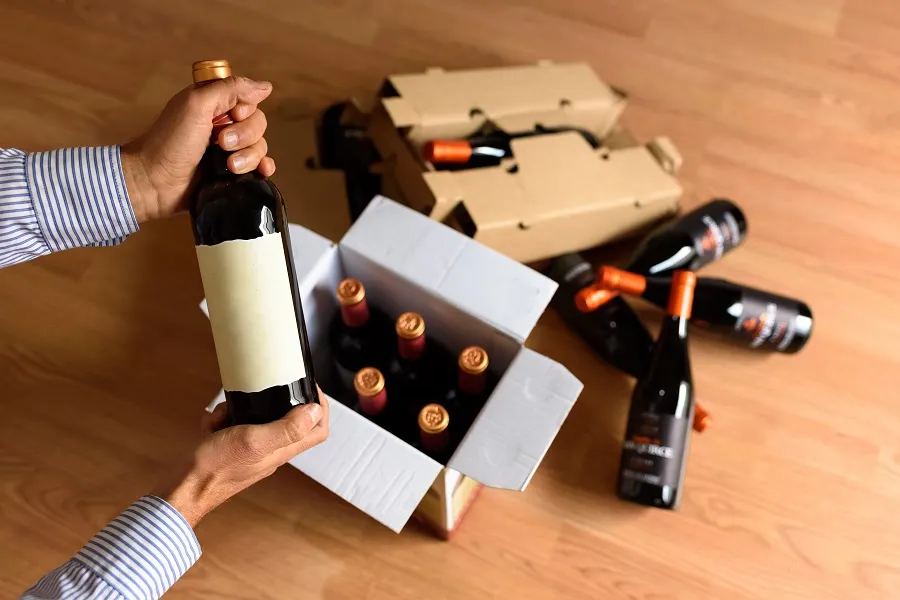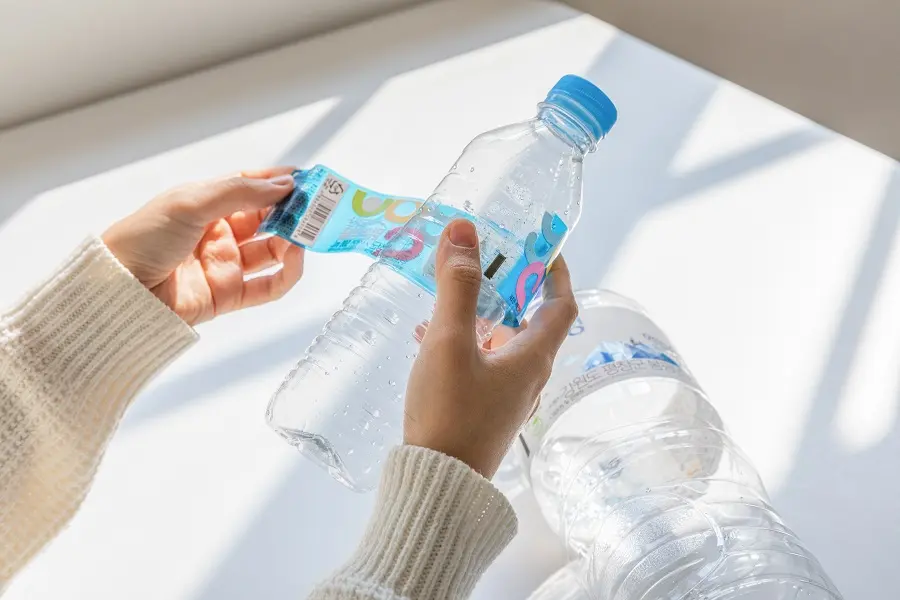Whiskey Bottle Price Guide 2025: Factors, Trends & Expert Tips
- ByRobert "Rob" Starmann
- July 2, 2025
In the world of spirits, whiskey stands as a testament to craftsmanship, patience, and tradition. While much attention is rightfully given to the amber liquid inside, the vessel holding this precious spirit plays a crucial role in both presentation and preservation. The right whiskey bottle protects the product and communicates brand identity, heritage, and quality level to consumers.
For brands and distilleries, understanding the factors influencing whiskey bottle pricing is essential for making informed decisions that balance quality, aesthetics, and budget. Whether you're launching a new whiskey brand or refreshing an existing product line, the bottle represents a significant investment that can impact your bottom line and market positioning.
Disclaimer: All prices mentioned in this article are approximate ranges for the US market. Actual costs may vary based on specific design requirements, order volumes, market conditions, and supplier relationships. The information provided is for general guidance only and should not be considered as guaranteed quotations. Please contact Ashland Container, a glass container supplier, directly for current pricing specific to your project.
Types of Whiskey Bottles and Their Impact on Price
The type of whiskey bottle you choose significantly impacts its final price. From classic shapes to intricate custom designs, understanding the various bottle styles available and their associated costs can help you budget accordingly. Let's explore how different whiskey bottle types influence your overall expenses.
Standard vs. Custom Designs
When it comes to whiskey bottle pricing, one of the most significant initial decisions is whether to go with a standard bottle shape or invest in a custom design.
Capacity & Size Considerations
Bottle capacity significantly impacts pricing due to material usage and manufacturing complexity:
- Standard vs. custom capacities: Opting for standard capacities (e.g., 750ml, 1L) often lowers prices, as manufacturers have established molds and efficient production processes for these common sizes. Custom capacities, particularly unusual or oversized bottles, need specialized tooling and may lead to higher per-unit costs.
- Material usage: Larger bottles require more glass (or alternative material), directly increasing cost. Even slight variations in height, diameter, or wall thickness can influence the total material required, impacting prices.
- Shipping implications: Larger capacity bottles increase shipping costs due to their weight and bulk. Consider this additional factor when making purchasing decisions.
When evaluating whiskey bottle price, consider the tradeoffs between unique capacities and the cost benefits of standardized options to balance aesthetic appeal with financial efficiency. While you want your product to stand out, you don’t want to overspend.
Material Quality & Characteristics
The glass composition significantly influences a whiskey bottle's appearance and its cost. Here's a breakdown of common glass options:
Pro tip: Consider a heavy-bottom design! While adding 20-40 percent to material costs, the substantial feel creates a subconscious quality signal that consumers associate with premium brands. The weight in hand can be a valuable quality signal for your premium spirits.
Key Factors Influencing Whiskey Bottle Cost
Several key factors beyond the basic bottle type contribute to the final whiskey bottle price. From material selection and design complexity to production methods and brand reputation, understanding these elements results in informed sourcing and effective cost management. Let's explore the primary drivers that influence what you'll pay for your whiskey bottles.
Design Complexity Impact on Pricing
The complexity of your bottle design directly impacts manufacturing costs.
*Based on a standard 750ml bottle with a baseline price of $1.50. Actual increases will vary.
Production Volume Economics
Scale dramatically affects unit pricing — here's how volume impacts your bottom line:
Craftsmanship and Finishing Techniques
Advanced finishing elevates bottle appearance and brand perception:
The Sustainability Factor: Balancing Eco-Consciousness and Whiskey Bottle Price
In today's market, sustainability isn't just a trend; it's a consumer expectation. Integrating eco-friendly practices into your whiskey bottle sourcing can be a game-changer, offering environmental benefits and potential advantages for your brand. However, while sustainability is appealing, it's also important to understand how these choices impact your whiskey bottle price.
Recycled Glass
By incorporating recycled glass into the manufacturing process, you reduce the demand for virgin raw materials and energy consumption. While the per-bottle cost might not always be dramatically lower, using cullet provides crucial cost stability, shielding you from the price swings of raw materials. Plus, many consumers are willing to pay more for a product knowing it's packaged responsibly, potentially offsetting any small cost increases.
Make sure you leverage that by prominently displaying your commitment to recycled materials on your packaging. There are various levels of recycled content glass: 30-50% PCR, 60-80% PCR, and even 90-100% PCR bottles. Each level offers different benefits and costs, so find the right balance for your brand.
Lightweighting
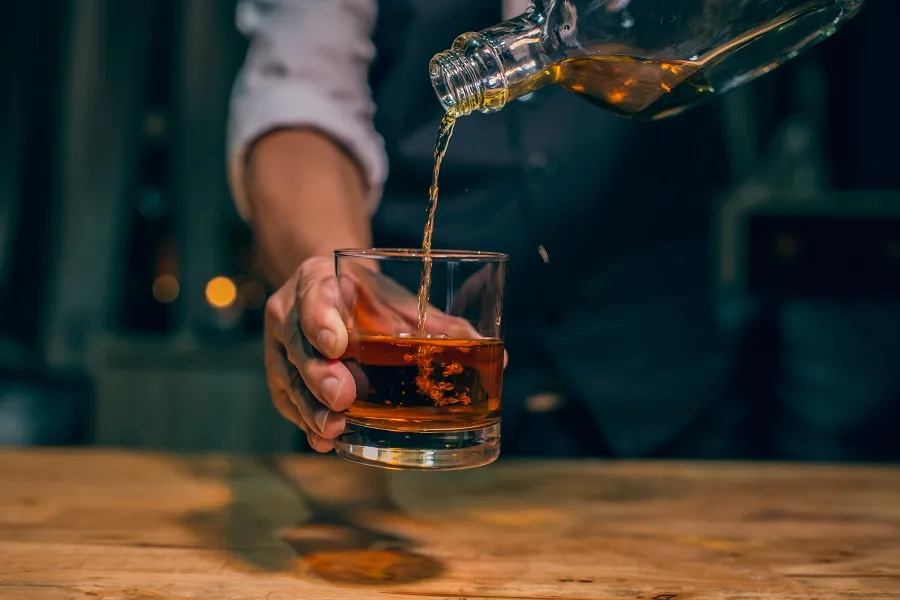
Reducing the glass weight, even a small amount, can lead to substantial savings over a large production run. Less material translates to lower raw material costs and reduced shipping expenses. Of course, you'll need to balance lightweighting with product protection and maintaining a premium feel. Consumers in the spirits category still expect a certain level of heft, so engineering expertise is key.
Alternative Sustainable Materials
While glass remains king for whiskey, exploring bio-plastic containers or other innovative packaging options could yield long-term cost and environmental advantages. These options are still evolving, so you'll want to carefully consider their product compatibility, regulatory compliance, and consumer perception. Although the initial investment may be higher, the potential for long-term cost savings and a greener brand image could make it worthwhile.
Sustainable Shipping Materials
Using sustainable shipping materials guarantees a better customer experience and brand image. Sustainable materials include recycled cardboard, biodegradable packaging peanuts, and reusable bubble wrap.
Ultimately, integrating sustainable practices into your whiskey bottle sourcing is more than just responsible; it's smart business. You can improve cost stability, enhance your brand image, and appeal to a growing base of environmentally conscious consumers, a win-win for both your business and the planet.
The Latest Trends in Whiskey Bottle Manufacturing
The whiskey bottle manufacturing landscape is evolving rapidly, driven by exciting technological advancements, creating new possibilities and efficiencies. You’ll want to stay informed about these trends to optimize your designs, streamline production, and even reduce costs.
3D Prototyping
Imagine holding a physical model of your custom whiskey bottle design in your hands within days, without breaking the bank. With 3D printing, this is a reality. It has revolutionized the prototyping process, allowing for the creation of tangible models at a fraction of the time and cost compared to traditional methods.
Where traditional samples can rack up a bill of $5,000+, with 3D printing, you can test designs for $500-$1,500! This accelerates the design phase by 4-6 weeks and facilitates testing multiple design iterations before committing to expensive production molds, reducing costly mistakes and ensuring your final design is truly market-ready.
Advanced Mold Technologies
The foundation of any glass bottle lies in its mold, and advancements in mold design and manufacturing are leading to higher quality and more consistent bottle production. Sophisticated techniques like advanced cooling systems and precision machining result in tighter tolerances and reduced defect rates, translating to fewer imperfections and more reliable bottles.
Where these technologies are applied, defect rates can be reduced by 30-50 percent! There is a 15-25 percent higher initial mold cost, but it offers better long-term economics due to reduced defects and improved efficiency.
Digital Direct-to-Glass Printing
Say goodbye to traditional labels and embrace the possibilities of digital printing technology. This innovative process applies high-resolution graphics directly onto the glass surface, creating a seamless and visually stunning look. Digital printing opens up exciting customization and personalization options, with significantly lower setup costs, $800-$1,500, versus $2,500-$4,000 for traditional decorating methods.
You can get as few as 500 units printed compared to traditional methods! It's an ideal solution for limited editions, personalized bottles, regional variants, and smaller production runs where traditional methods are cost-prohibitive.
Light-Weighting Engineering
The goal of light-weighting engineering is striking the perfect balance between durability and material efficiency. Sophisticated engineering techniques help manufacturers lessen the weight of glass bottles while maintaining their structural integrity and strength. This reduces glass usage by 15-25 percent!
Whiskey brands can embrace these technological advancements to enhance their product designs, improve production efficiency, and achieve a competitive advantage in the marketplace.
Partner with Ashland Container for Premium Whiskey Packaging
We're more than just a supplier; we're your strategic partner for packaging success. Let us leverage our expertise and connections to help you build a distinctive and profitable brand.
Ashland Container: Your Trusted Whiskey Bottles Partner
There are many moving parts to consider, and we understand that navigating the world of whiskey bottle pricing can feel complex. However, understanding the key drivers empowers your brand to make informed choices. It's about finding the sweet spot where cost-effectiveness meets quality and a distinctive brand presence.
There isn’t a one-size-fits-all approach. Many successful distilleries follow an evolutionary path, starting with creatively modified standard bottles to manage initial investments, and gradually transitioning to fully custom designs as their brand gains traction and volume increases. This staged approach allows controlled growth towards truly distinctive packaging that reinforces a premium positioning.
At Ashland Container, our experts specialize in guiding clients through every step of the process. Whether you're launching a new brand or revitalizing an established product line, contact us today for a personalized consultation. We’ll help you strike the perfect balance between quality, distinctiveness, and cost-effectiveness, setting your brand up for success in the dynamic whiskey market.

